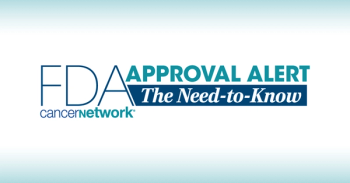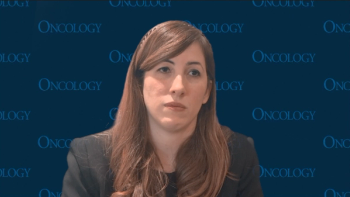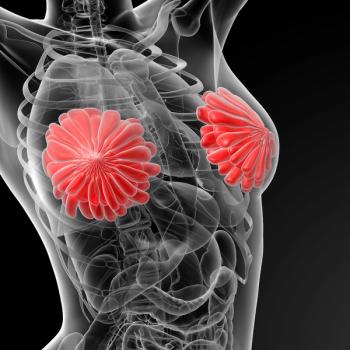
cfDNA Sequencing May Show Cancer Detection Benefits in Li-Fraumeni Syndrome
cfDNA sequencing may allow for more accessible, frequent, and sensitive testing compared with standard surveillance in Li-Fraumeni syndrome.
In a conversation with CancerNetwork® at the 7th International Li-Fraumeni Syndrome (LFS) Association Symposium, Trevor Pugh, PhD, FACMG, spoke about research driving his presentation focusing on cell-free DNA (cfDNA) sequencing as a method for detecting cancer in patients with LFS and other hereditary cancer syndromes.1 Pugh and his colleagues are assessing the ability of cfDNA to potentially detect cancers early among this population in a prospective, randomized trial as part of the cfDNA in Hereditary and High-Risk Malignancies (CHARM) Consortium.2
According to Pugh, an associate professor in the University of Toronto Department of Medical Biophysics, senior scientist at the Princess Margaret Cancer Centre, and director of Genomics and senior investigator at the Ontario Institute for Cancer Research, cfDNA may offer 3 benefits compared with standard surveillance methods in the detection of cancers among those with LFS and similar disorders. Specifically, the use of cfDNA sequencing may offer improved accessibility, frequency of testing, and sensitivity when screening for cancer.
Transcript:
I presented our work using a blood test called cell-free DNA sequencing to try to find cancer at the same time or earlier than the current surveillance method for Li-Fraumeni syndrome.
There are 3 benefits [of cfDNA sequencing]. The first one is that it’s much more accessible. cfDNA comes from a blood test. In Canada, we have several private blood labs that are distributed across the country, so [patients] in our studies can go to those local blood labs rather than having to come to downtown Toronto or another large city to have their blood taken. The second [benefit] is that you can do [testing] more frequently. Rather than having an annual surveillance test, you can test in our prospective trial every 4 months and try to get ahead of cancer and try to find it at its earliest stages. The third [benefit] is the potential for increased sensitivity: the chance to find small amounts of cancer-derived cfDNA and then use that to trigger an off-cycle imaging test.
References
- Pugh T. The CHARM of it all: Putting cell-free DNA into practice in a prospective trial. Presented at the 7th International Li-Fraumeni Syndrome (LFS) Association Symposium; October 19-22, 2024; Philadelphia, PA.
- About. CHARM Consortium. Accessed October 25, 2024. https://shorturl.at/qDN0f
Newsletter
Stay up to date on recent advances in the multidisciplinary approach to cancer.














































































